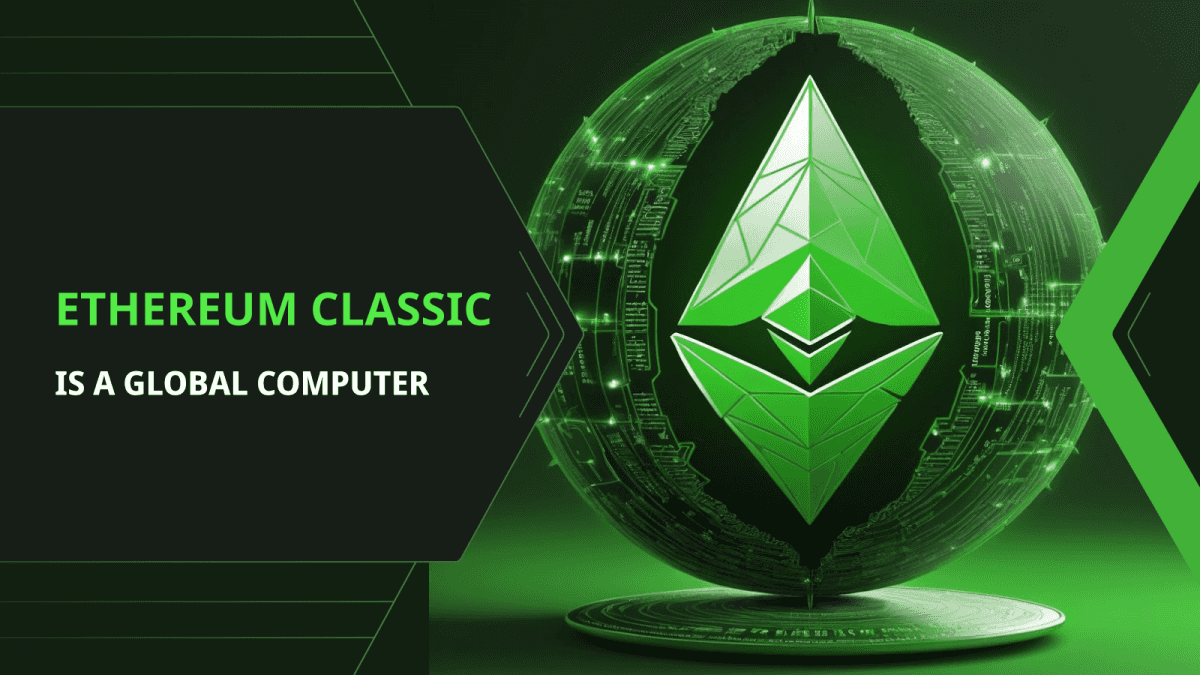
Ethereum Classic
ETC has the same basic structure as Bitcoin but includes smart contracts. Smart contracts are enabled by a technology called Ethereum Virtual Machine (EVM), a Turing complete programming language called Solidity, and a transaction fee payment mechanism called the gas system.
Combined, these components on top of the basic structure of Bitcoin created a global computing system that may be used to program the money of the protocol.
Hence, ETC is a decentralized global computer rather than a payments system.
However, ETC may not be considered a decentralized cloud service.
Traditional centralized cloud services put enormous amounts of computing power and storage capacity at the service of corporations and the public.
These infrastructures may easily handle and process big data, artificial intelligence, and machine learning applications. These technologies require ample computing capacity and data storage.
ETC, because all the information and execution of software programs must be fully replicated and handled in parallel in all the computers of the network so that it may remain decentralized, is very inefficient and, consequently, has a limited data storage and computing capacity.
So, if ETC is a decentralized, thus secure, uncensorable, and permissionless global computer, but inefficient, what is it good for?
Well, it turns out that there are many use cases that are still valuable because of ETC’s security.
Some examples may be:
Decentralized exchanges: Decentralized exchanges are critical infrastructure in ETC as they provide a way of exchanging assets without the risks and restrictions of trusted third parties.
Stablecoins: Stablecoins have proven to be an enormous use case, especially in third world countries where people needed a way to get a hold of stable money to hedge their rapidly devaluing national currencies.
NFTs: NFTs are also critical infrastructure as they not only may be used to represent art that can be traded on the blockchain, but they may represent many other kinds of assets, even in the real world.
Property registries: Some of the assets that may be represented on the blockchain as NFTs are real estate and vehicles. These will be bought and sold on the blockchain and the property titles and loans against them will be executed seamlessly on the same action, shortening settlement times from days, weeks, or months to seconds.
All comments
Comment not found




